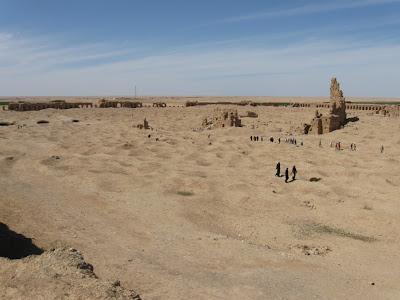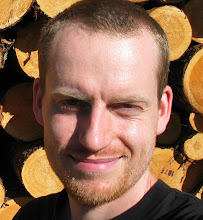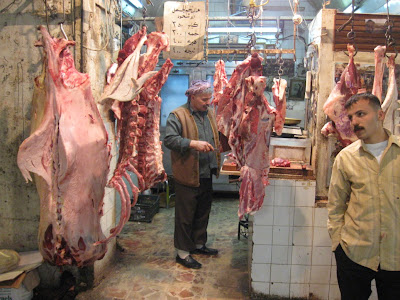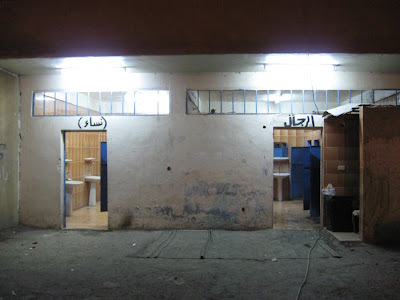

My first day in Syria was actually a Friday, which is a holiday for Muslims, just like Sunday is a day off for us in Western countries. The bazaar (or souq as they call it here) was therefore fairly deserted, yet not completely shut down because there is a considerable Christian minority in Syria (many of them seem to be Armenian) and they of course work on Fridays like on any other weekday, whilst their Muslim countrymen hang out in cafés and public places like around the majestic citadel in Aleppo.


Another centre of public social life are mosques, especially the ones with big courtyards. Families come there to relax, maybe have a small picknick, kids run around and mess about and if you are not part of a big intimidating tourist group you'll have the odd conversation with locals and plenty of kids asking you to take a photo of them or young locals asking to take a photo with you.


Syria has lots to offer to the archaeologically interested; where ever you are you never seem to be far away from some ancient ruins like...
Basilica of St Simeon

Abandoned city of Rasafa

...or Palmyra – the single biggest attraction in Syria according to guidebooks and leaflets. (Personally I found Rasafa more impressive with its 300x400m city walls, located in the desert, away from any major road.)

And what about the Syrians themselves? So far I found them an extremely welcoming, polite and hospitable bunch of people (with a few exceptions at tourist hotspots, but that has to be expected). I heard the phrase “Welcome to Syria” so many times, I actually wonder how long they will keep up with it. But seriously, in couple of situations I looked lost for no more than 10 seconds and was already offered help. People guided me from the bus station to my hostel, paying for the local transport on the way, I got a free city tour through Damascus by some locals who wanted to show me their city, roadside shop owners paid for my tea or snack as gesture of hospitality... it is simply amazing. This feeling that locals kind of look after you only ads to the feeling that Syria is an extremely safe country to travel (at least from a male perspective). The other reason why it is such a safe place might be related to the reputation of Syria's prisons and the level of punishment that includes public execution in extreme cases.
with the Syrians being friendly and helpful as they are, hitch hiking was no problem at all...

One thing I have been wondering about the last few weeks is the number of portraits of the Syrian President Al-Assad that you can see on the streets, in shops, offices and on back windows of cars. It reminds me somewhat of the Honecker portraits in East-Germany before the wall came down, although I don't think anyone ever put a huge Honecker sticker on their car. So I figure a lot of people here do feel genuine affection for their president and government.

And some more impressions:
 If you cannot find a bar in a Syrian town you have to look for one of the small liqueur stores. You pay about 1Euro for half a liter of beer, that is not too bad for a country where the fast majority are Muslims.
If you cannot find a bar in a Syrian town you have to look for one of the small liqueur stores. You pay about 1Euro for half a liter of beer, that is not too bad for a country where the fast majority are Muslims. Souvenier shop in Damascus. If you are thinking of heading to Israel on your Middle East tour, you should probably go for a different kind of souvenir.
Souvenier shop in Damascus. If you are thinking of heading to Israel on your Middle East tour, you should probably go for a different kind of souvenir.Some statistics:
average cost of street snack: 15 Syrian Pound (=0.25Euro)
traveller's diarrhoea: twice so far, but I think my guts are getting used to the street food now
most frequently asked questions: How old are you? Are you married? Are you Muslim?
My answers: 34 (I keep forgetting that I turned 35 a few weeks ago!) Not yet but in two years, in sha allah (god willing). I consider myself Agnostic, but religion is really a very private matter for me.











































